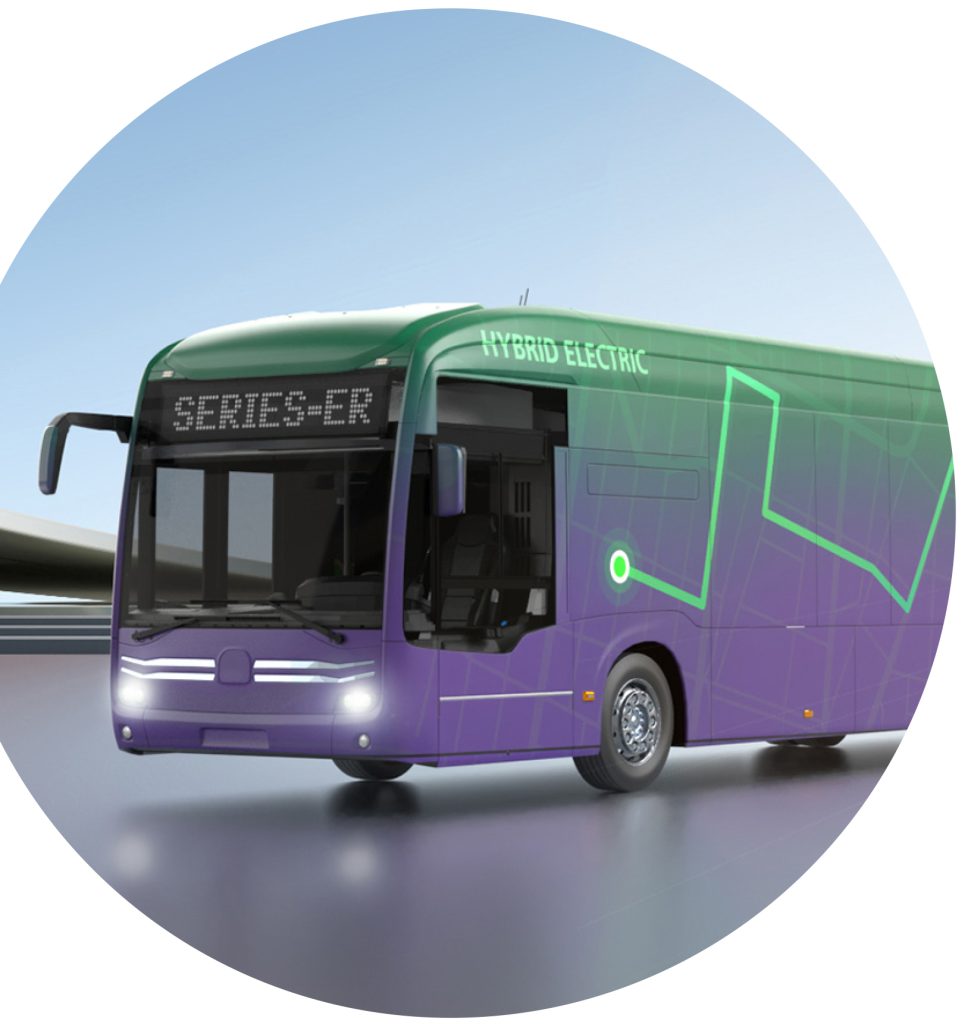BAE Systems: Viewpoint Q&A with John Hroncich
5/1/2024
SPECIAL ADVERTISING SECTION
John Hroncich

Director, North American Transit Sales
BAE Systems
Endicott, N.Y.


At a time when everyone is talking about zero emission technology, how does hybrid electric stand out as an available and proven solution for reducing emissions?
Hybrid electric technology has been and will continue to be crucial in our collective efforts to reduce emissions in transit. It offers a proven solution that has consistently delivered results. Challenges such as investing in new charging infrastructure, geographic terrain, and required vehicle range can add layers of complexity to the EV transition process. This makes hybrid technology more relevant than ever.
Hybrid buses are powered electrically, therefore significantly reducing emissions, cutting fuel use, and minimizing noise within fleets across the United States. Hybrid technology achieves these benefits without the complexities and costs associated with added infrastructure. Importantly, hybrids provide transit agencies with improvements in fleet emissions and avoid the unintended consequences of higher emissions brought on by adding conventional powertrains into service.
At BAE Systems, we have a proven track record of delivering electric propulsion solutions for transit buses, with over 25 years of expertise and more than 16,000 systems operating worldwide. Now in its third generation of proven hybrid electric drive, our systems have demonstrated reliability and effectiveness in meeting energy efficiency and clean air goals.
Who should consider using hybrid technologies and why?
Transit agencies seeking reliable, quiet, environmentally friendly solutions should consider hybrid technology. Our hybrid systems are powering thousands of buses worldwide, featuring proven electric drivetrain technology, and with these buses there is no need to stop and charge. Hybrid buses have an onboard generator, ensuring the buses reach their destinations without worrying about getting to a charging location in time.

Further, with hybrid electric technology, transit operations are providing exciting and important workforce development opportunities to their employees while contributing to a sustainable community.
Finally, if you are looking for zero emissions, our hybrid system is zero-emission capable due to the extensive solutions available. Our hybrid technology features engine start/stop and geofencing technology, which will turn the engine off to drive with zero emissions for a specified period of time.
How does the use of hybrid technology set you up for the future?
Hybrid buses offer more than a clean alternative to diesel and a reliable way to reduce emissions across a fleet. This means providing innovative solutions for our customers today and in the future, helping chart a course for a sustainable operation. For example, hybrids facilitate workforce development for training on high-voltage systems, covering integration and operation to service and maintenance. This allows technicians and workers to learn about electrified systems at a manageable pace. In addition, hybrid buses do not require the extensive charging infrastructure needed for all-electric buses. This makes them more practical for agencies that may not have the resources in place to immediately support an all-electric fleet.
What makes your hybrid electric drive technology different?
BAE Systems continues to invest in its hybrid electric system over the course of more than 25 years, incorporating energy-saving technology and zero-emission features, while delivering a highly reliable product backed by decades of continuous innovation and lessons learned. We use a series architecture configuration, which means we operate a diesel engine in its most emission friendly mode, pair it with a generator, and subsequently drive the bus with a completely electric drivetrain.
In terms of investment, our latest generation technology uses advanced materials such as silicon carbide (SiC) and gallium nitride (GaN) to improve fuel efficiency, allowing the energy to cover more distance and the bus operate more efficiently. Our system uses less fuel and produces fewer emissions due to its continuous management of power flow from the engine to the battery and wheels, while also maximizing the capture of regenerative breaking energy.
Lastly, our system can be equipped to operate with engine-off zones, enabling emission-free travel in designated areas called “green zones.”
Why are transit operators turning to hybrid technology to set up green zones?
Green zones help cities eliminate emissions in targeted areas by harnessing decades of innovation to turn a hybrid bus into a part-time zero emissions bus. Using GPS-enabled geofencing technology, the zero-emission capable hybrid buses will automatically switch to battery power when entering designated zero-emission zones. The green zones are located in population-dense neighborhoods and confined areas most affected by air pollution. The bus then switches back to electric-hybrid mode when it exits the zone, and then recharges the on-board battery before entering the next zone. Our electric drive systems with green zone technology are operating on buses in major cities such as Toronto and San Francisco, as well as in smaller fleets like in Broome County and Rockford.